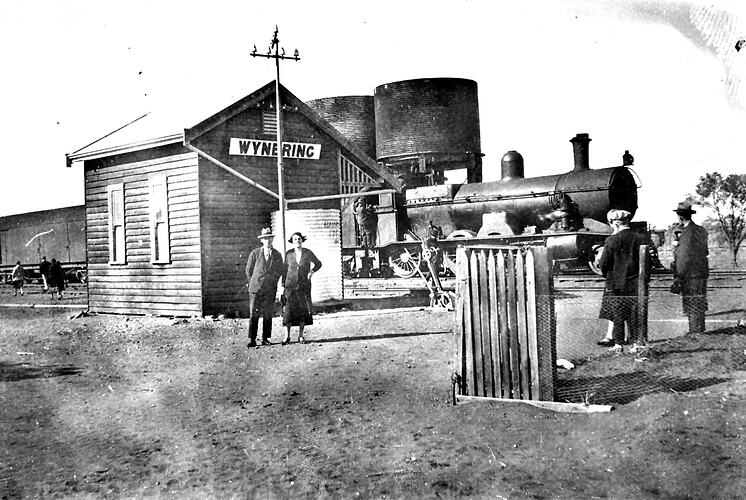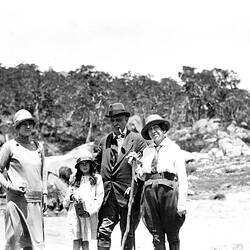Summary
Construction of the Trans-Australian Railway was a key commitment of the of the agreement that led to the formation of the Commonwealth of Australia in 1901, helping to convince the Colony of Western Australia to join the Federation with Australia's five other colonies. Government legislation was passed in 1907 allowing surveying of the route to commence between existing rail heads at Kalgoorlie, in Western Australia, and Port Augusta, in South Australia, with the survey plans completed by 1909. A second Act authorising construction was passed by the Federal Parliament in 1911, with the planned route of 1,063 miles (1,711 km) of single track of standard gauge of 4 ft 8½ in (1,435 mm), to be built at an estimated cost of £4,045,000.
Preliminary construction work commenced at Kalgoorlie in January 1912, but it was not until 14th September 1912 that an official opening ceremony was held at Port Augusta, with Lord Denman, Governor General of Australia, turning the first sod. Shortages of man-power and steel rails during the First World War, together with the arid and isolated nature of the terrain to be crossed caused delays and slow progress, with the first through passenger train making the journey over three days on 22nd-24th October 1917. The Trans-Australian Railway was officially opened by Sir Ronald Crawford Munro Ferguson, Governor General of Australia on 12th November 1917. The Commonwealth Railways was established the same year to maintain and operate the route. The full transcontinental route between Sydney and Perth originally involved four breaks of gauge at Albury-Wodonga, Adelaide, Port Augusta and Kalgoorlie, requiring passengers to change trains each time, with a through standard gauge connection (via Broken Hill and Port Pirie) not finally completed until 1970.
Description of Content
Passengers in front of small weatherboard station building at wynbring wait as steam train takes on water from elevated water tanks in background. This station was on the Trans-Australian Railway in the central west of South Australia north of Ceduna.
More Information
-
Collection Names
-
Collecting Areas
-
Acquisition Information
Copied from Unknown Biggest Family Album Contributor, 06 Aug 1992
-
Place & Date Depicted
-
Format
Negative, 35 mm, Black & White
-
Classification
Rail transport, Railway infrastructure - stations, Passengers
-
Category
-
Discipline
-
Type of item
-
Keywords
Communication Equipment, Railway Stations, Railways, Steam Railway Locomotives, Trans-Australia Railway, Tree Guards, Water Tanks

